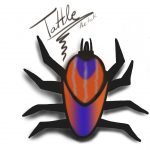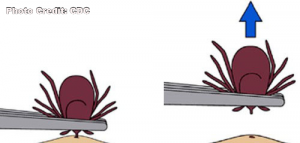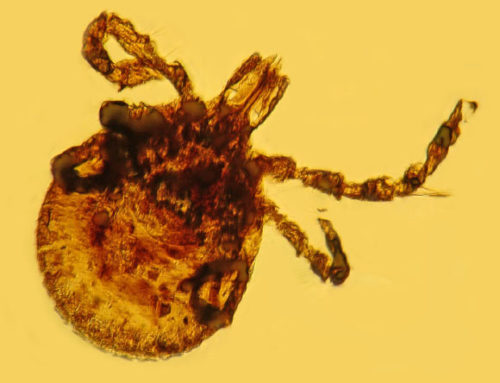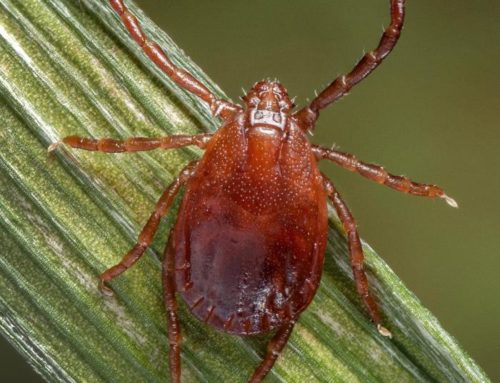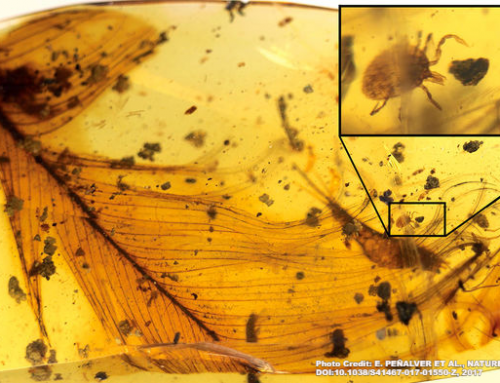Hey everyone,
Welcome back to the weekly Tattle the Tick blog. Today we will discussing what happens when a fellow tick bites you and how to properly remove it.
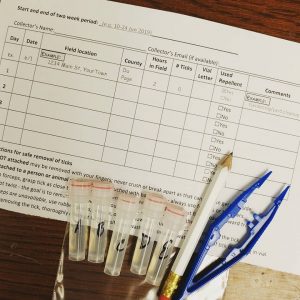
The I-TICK program provides a ‘tick kit’ for all of our participants. In each kit, there is a data sheet, 5 vials filled with ethanol, a pencil, and tweezers that we recommend to use to remove any attached ticks.
So… you found a tick on yourself and are wondering what to do. First things first, be careful removing the tick. Not all ticks that you find on yourself will be attached, which is the best case scenario. Ticks are very picky about where they want to attach and so more often than not, they will crawl on your person for a few hours searching for an ideal area (Tick bites: what are ticks and how can they be removed?). When loose, it is considered safe to remove a tick from yourself with your fingers. Be careful however, as some ticks do carry pathogens that transmit diseases. Accidentally crushing the tick may or may not expose you to the pathogen which could potentially infect you with whatever pathogen the tick was carrying. Usually the way to become infected with a tick-borne disease is through the bite of a tick, specifically the contaminated saliva of the tick, but crushing the tick can also indirectly infect an individual through an open wound or rubbing one’s eyes (Parola and Raoult, 2001).
In the worst case scenario, you find a tick attached to you and this is where vigilance is key. Accidentally crushing the tick is more likely now that it has become attached and this is where tweezers come into play. The I-TICK program recommends using fine tip tweezers but if none are in reach, protecting your fingers with either tissues, paper towels, or a glove are recommended to limit direct exposure with the attached tick. Remove the tick as close to the skin as possible to best be able to ensure that the whole tick is being removed and the mouth-parts do not remain attached to one’s self. IMPORTANT: Remove the tick in a steady upward fashion and do not twist/jerk the tick around. If you twist or jerk the tick you may break off the tick’s mouth-parts leaving them embedded in the skin (Tick Removal). After removing the tick and checking to make sure that the mouth-parts are removed as well, thoroughly wash the bite area with soap and water. If the mouth-parts were not able to be removed and are still in the skin, the CDC recommends leaving the area alone and letting the skin heal.
Now that the tick has been removed, disposing of a tick is important as well. Depending on whether the tick that was just removed was attached or not, there is the possibility that the tick may become attached again later on if not properly disposed of. Placing the tick in alcohol or in a sealed container are good methods to make sure that the tick is taken care of (Petney et al. 2011). The I-TICK program provides ‘tick kits’ for its passive surveillance participants that comes with vials already filled with ethanol for proper disposal of ticks as well as tweezers. It also comes with instructions on the back of the data sheet on how to remove a tick which you can see. These tick removal instructions can also be found here or under our How I-TICK Works tab listed underneath “I-TICK kit.” Having an I-TICK kit sure is handy, and another great reason to be a participant!
That’s pretty much it for this week’s blog. Can’t wait for you guys to read what I have in store for you next week!
Toodles,
Tattle the Tick
